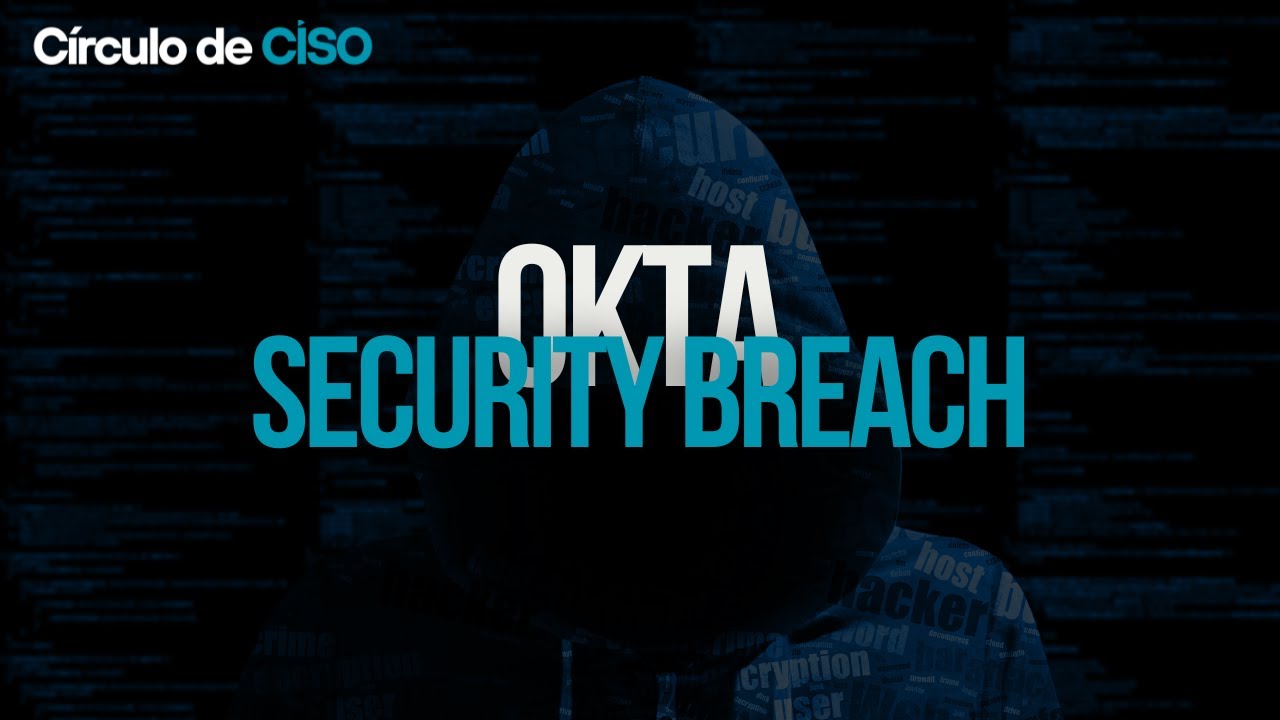In an era where businesses rely heavily on third-party vendors and partners, managing cyber supply chain risks has become essential. These risks, which stem from external suppliers and service providers, can jeopardize an organization’s information security. ISO/IEC 27001:2022, a leading international standard for information security management systems (ISMS), offers a structured approach to address these risks. This post outlines how Chief Information Security Officers (CISOs) can use ISO/IEC 27001:2022 to build an effective cyber supply chain risk management framework.
What is Cyber Supply Chain Risk?
Cyber supply chain risk refers to the potential threats and vulnerabilities that arise from interactions with third-party entities. These include risks related to data breaches, system vulnerabilities, and compliance failures that could impact the organization’s overall security posture.
Key Aspects of ISO/IEC 27001:2022
ISO/IEC 27001:2022 provides a framework for managing information security through an ISMS. It covers various controls and processes that can be adapted to manage risks associated with the supply chain.
Developing a Risk Management Framework with ISO/IEC 27001:2022
1. Define the Scope and Context (Clause 4)
- Scope of ISMS: Set the boundaries of the ISMS to include supply chain activities. Understand the operational environment and identify key stakeholders.
- Risk Identification: Perform a risk assessment to identify vulnerabilities and threats related to the supply chain. Evaluate their potential impact and likelihood.
2. Create a Risk Treatment Plan (Clause 6)
- Develop Treatment Strategies: Create a risk treatment plan that addresses specific supply chain risks. Outline actions and controls to mitigate these risks effectively.
- Control Implementation: Implement controls aligned with the risk treatment plan to manage risks associated with external partners and suppliers.
3. Manage Supplier Relationships (Annex A.15)
- Set Security Expectations: Define security requirements for suppliers and include these in contracts. Ensure suppliers meet these standards to reduce risk.
- Monitor and Review: Regularly assess supplier performance and compliance. Address any deviations from security requirements to maintain robust risk management.
4. Implement Incident Management Procedures (Annex A.16)
- Prepare an Incident Response Plan: Develop a plan for managing incidents that affect the supply chain. Clearly define roles, responsibilities, and communication strategies.
- Handle and Report Incidents: Establish procedures for reporting and managing supply chain-related incidents. Use these experiences to improve future risk management practices.
5. Emphasize Continuous Improvement (Clause 10)
- Regular Reviews: Continuously review and update the ISMS to reflect changes in the supply chain and emerging risks. Incorporate feedback to enhance risk management strategies.
- Conduct Internal Audits: Perform audits to evaluate the effectiveness of controls and identify areas for improvement. Use audit results to refine risk management processes.
Conclusion
ISO/IEC 27001:2022 offers a comprehensive framework for managing cyber supply chain risks. By aligning supply chain risk management practices with this standard, CISOs can effectively safeguard their organization’s information systems and ensure resilience against potential cyber threats. Implementing these practices helps maintain a secure and reliable digital environment, essential for business success in today’s interconnected world.


